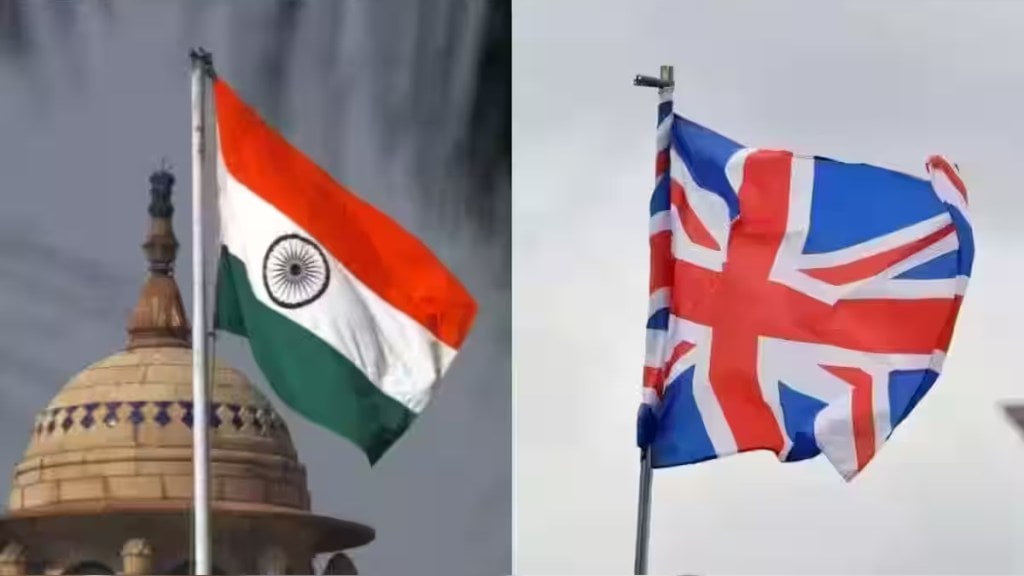As India-UK free trade agreement negotiations are at the final stages, a study has found that the pact is unlikely to result in immediate gains for India’s exports, and the industry would have to still work hard to grab a greater share of the UK market for goods.
The 13th round of negotiations on FTA are underway in New Delhi at present and expectations are that the process may be wrapped up by this month-end and the pact would be ready for signing.
The non-traditional sectors like petroleum products, diamonds, machinery and pharma that have been the drivers of exports in the recent years are already enjoying zero duty in the UK, and are unlikely to benefit from the FTA, the report by Delhi-based Global Trade Research Initiative (GTRI) said.
In traditional sectors also the duties that India face in the UK range from 4% to 16% with average tariff coming to 4.2%, which is moderate. Yarn and fabric face a duty of 4%, garments and home linen are taxed at 10-12% and footwear face duties of 4% to 16%.
Of the total $11.4 billion worth of exports to the UK in the last financial year, $6 billion came from the newer sectors where duties are already nil while the rest came from traditional sectors.
“Signing an FTA alone may not lead to a substantial increase in India’s labour-intensive goods exports,” Ajay Srivastava, co-founder of GTRI said.
Giving an example of Japan, the report pointed out that India’s textiles and apparel exports to Japan did not see significant gains from the FTA. From 2007-09 to 2019-21, India’s exports to Japan grew from $257.7 million to $368.6 million, a cumulative growth of 43.1%, while India’s global exports grew by approximately 67.9% during the same period.
“While the duty elimination in the UK can help Indian (traditional) exports, significant growth requires improvements in product quality,” GTRI said.
The composition of India-UK trade is also changing rapidly for the FTA to deliver big gains in the short-term.
The impact of change in export trends as India emerges supplier of refined petroleum products to Europe following Russia-Ukraine conflict and makes an effort to become a player of some standing in electronics trade is also visible on UK trade.
In 2022-23 the biggest item of export to the UK was smartphones at $ 852.27 million followed by aviation turbine fuel at $670 million and automotive diesel at $245.6 million. In April-July smartphone sales to the UK grew 92% on year to $336 million while ATF exports were up more than five-fold to $520.5 million. The future lies in newer sectors.
Because India’s high import tariffs of around the UK can gain in areas like precious and base metals, metal scrap, machinery, medicines, automobiles and scotch and other spirits.
On cars India imposes duties of 100% and on Scotch whiskey and wines 150%. After precious metals, scotch is the biggest export of UK to India at $373.7 million.
India may reduce, but not eliminate, tariffs on automobiles and Scotch whiskey from the UK. For luxury cars like those from JLR, Bentley, Rolls-Royce, and Aston Martin, the UK might want zero tariffs, but India could reduce them from 100% to 50%. India might also consider allowing a few thousand units at a 25% tariff, Srivastava said.
“India could reduce tariffs from 150% to 50% over a few years, similar to what it did for Australian wines. These sectors in India have had high tariff protection, even more than agricultural products,” he added.


